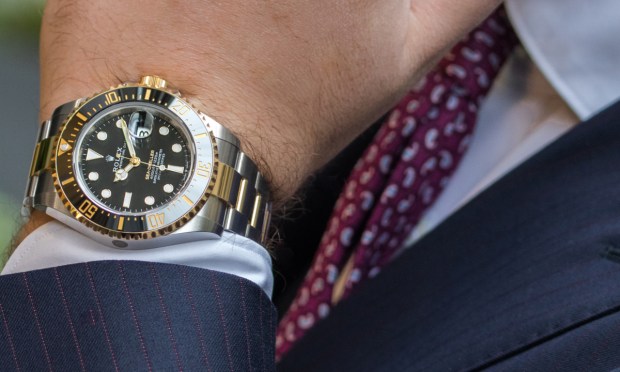
The luxury goods sector may be facing a potential downturn, according to RBC Capital Markets.
The investment bank said in a recent note that one of the key factors is the expectation of a consolidation of the strong gains that luxury goods makers have experienced in recent years, Seeking Alpha reported Wednesday (Oct. 11).
RBC’s European team covering luxury and premium brands only lists three stocks as outperform: LVMH Moët Hennessy, Kering and Compagnie Financière Richemont SA, according to the report. Among sporting goods names, Nike and Puma are the only ones with an outperform rating. RBC rates EssilorLuxottica Société and Pandora as underperform.
One of the reasons for caution is the size of the luxury market, which is currently around 25% above 2019 levels, the report said. RBC believes that this level of growth is unsustainable and expects to see moderating revenue growth trends.
Another factor highlighted by RBC is the dwindling number of aspirational consumers — a group that has helped drive the luxury sector’s growth in recent years, per the report.
RBC also points to the changing equation of price, volume and mix for luxury companies, according to the report. While these factors have supported luxury companies in recent years, the firm predicts a shift in the equation that may not be in the companies’ favor.
The investment bank also points out that luxury downturns have occurred three times since 2010, lasting an average of four quarters and resulting in a 12% decline in share prices, the report said. This time, RBC suggests that the downturn may be worse due to factors such as high interest rates, inflation, and macroeconomic issues in China.
Lastly, RBC highlights that macroeconomic headwinds are the worst in decades, with average consumers having less residual income to spend, per the report. This is likely to impact luxury spending.
It was reported July 30 that the luxury retail sector is returning to its baseline after enjoying a post-pandemic boom thanks to shoppers in China and the U.S. Many brands have seen sales growth slow in the U.S., while the rebound from China’s reopening has been slower than expected, the Financial Times reported.
In addition, the aspirational shopper, once a core target demographic for high-end brands, seems to be in a state of flux, PYMNTS reported in August. Rising prices across various sectors have made traditional luxury purchases more daunting for the aspirational shopper.